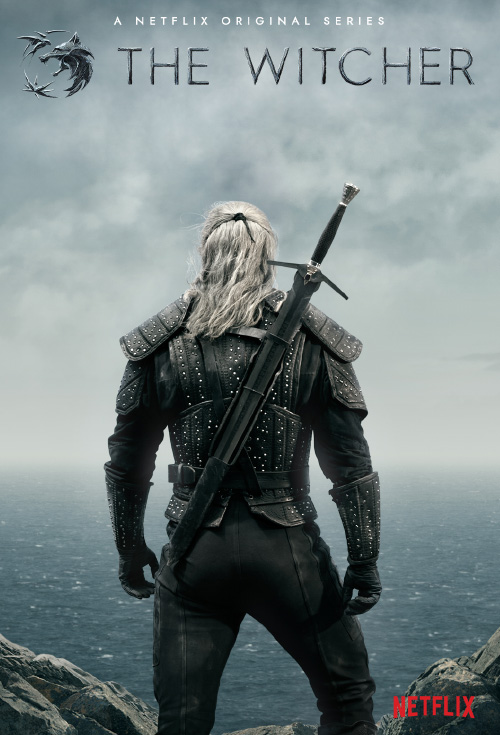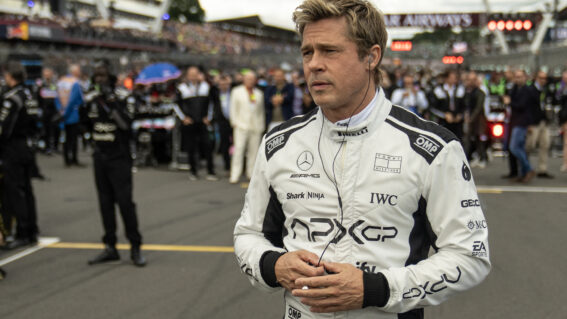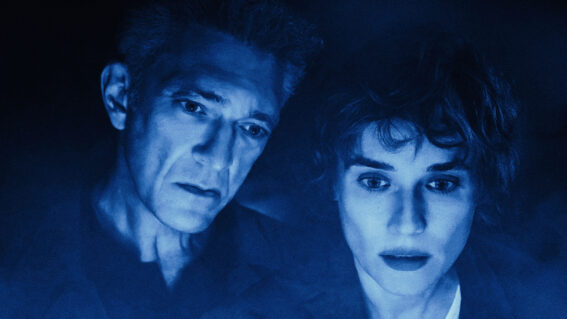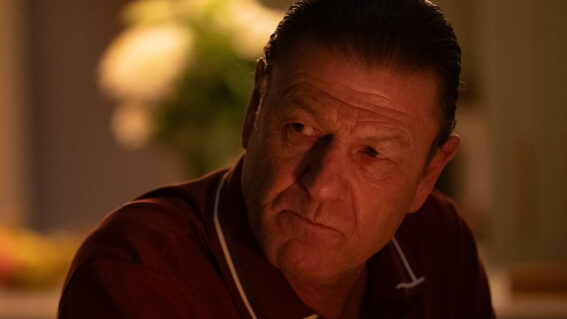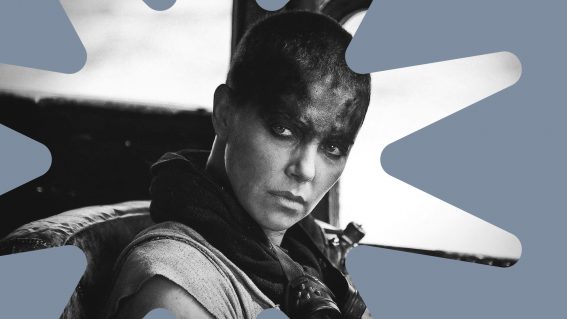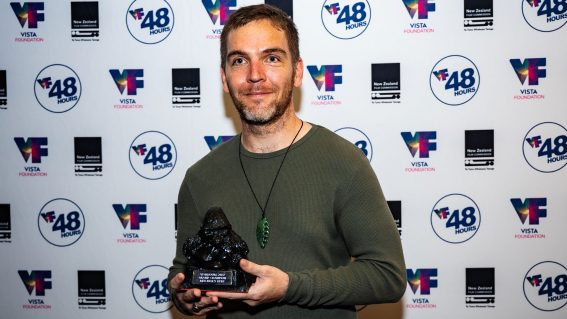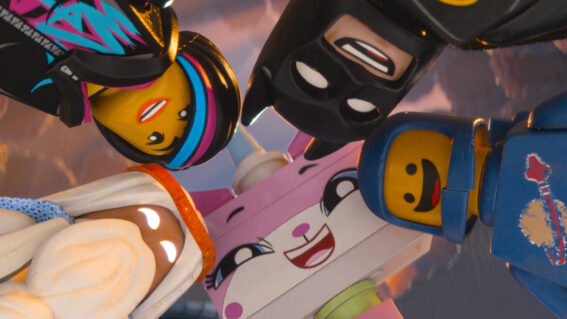Nudity, violence, swearing and everything else in Netflix’s The Witcher
You bet you’re going to see a nude Henry Cavill in the bath.
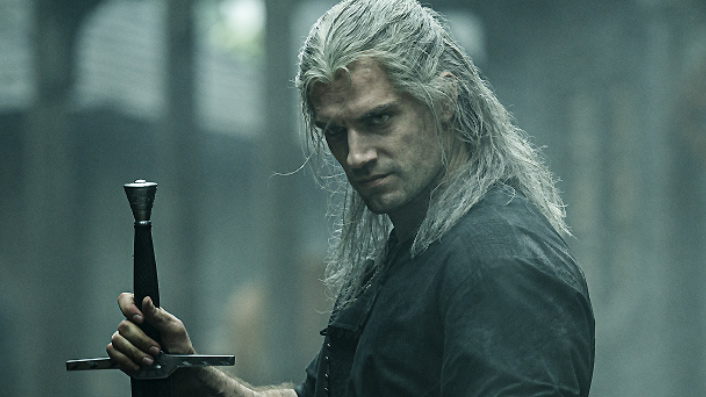
Based on the cult series of novels by Polish writer Andrzej Sapkowski (which in turn inspired hugely successful games), new series The Witcher is now streaming on Netflix. The show follows the adventures of Geralt of Rivia, a monster hunter who patrols ‘the Continent’—a fantasy realm beleaguered with evil beings of both the human and magical variety. Along the way, he collides with a powerful sorceress and a young princess fleeing her war-torn kingdom.
Having seen the first few episodes ahead of their premiere, Daniel Rutledge outlines what we can expect—including naughty adult words, nude adult bodies, plenty of gushing adult blood and nude adult Henry Cavill taking a bath.
The first of the much-hyped post-Game of Thrones fantasy series is upon us.
Like the HBO behemoth, Netflix’s The Witcher has a big budget and features naughty adult words, nude adult bodies and plenty of gushing adult blood. But the unnamed Continent it’s set in is very different to Westeros. Yes, it’s also filled with morally grey characters rather than the black and white, obviously good or evil types found in Middle-earth. But the world of The Witcher is far more densely populated with high-fantasy elements like spell-casting wizards and mythical beasts. Focussing intently on a few main characters rather than the dozens and dozens in Game of Thrones also helps keep The Witcher‘s wider world more mysterious, too.
The Witcher has a grimy, enigmatic vibe in the games and books that’s unique and has earned this franchise a massive army of passionate fans. Let’s be honest—hundreds of thousands of Witcher game fans around the world are sitting down and firing up bongs to watch this show with the excitement of a kid opening a Christmas present from Santa. When the main title comes up midway through the opening scene of episode one, those blazed up gamers will be jumping out of their seats with their fists in the air and massive grins on their faces.
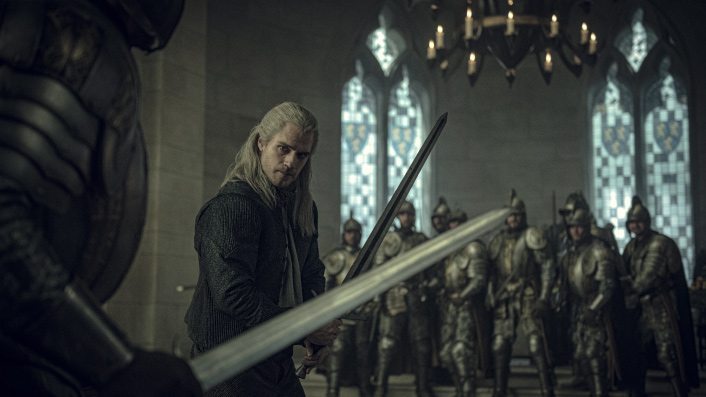
That’ll happen a fair few other times, too. The Witcher has plenty of stylistic flourishes and moments of sweet, sweet arse-kickery. The first episode starts well but it finishes better, with a particularly rousing scene of Geralt beautifully slicing and stabbing eight blokes to death, all with next to no edits to dilute the action. Not all of the combat sequences are this good, but to deliver such a wonderful hit of sword versus sword action in episode one deserves to be celebrated. There’s Easter eggs for fans in the first few episodes, too—you bet your ass you’re going to see a nude Geralt in the bath, for one.
The difficult moral decisions Geralt has to constantly make are represented right from the get-go in the series, as are the often disturbing mysteries he has to solve. These are episodic in nature and lend themselves to a TV series format just as well as they do the games. It’s satisfying to have little three-act stories entirely told within an episode, using characters we sometimes then don’t see again in later episodes. Then there’s further satisfaction to have the consequences and after-effects impact Geralt and inform us of how and why he does things.
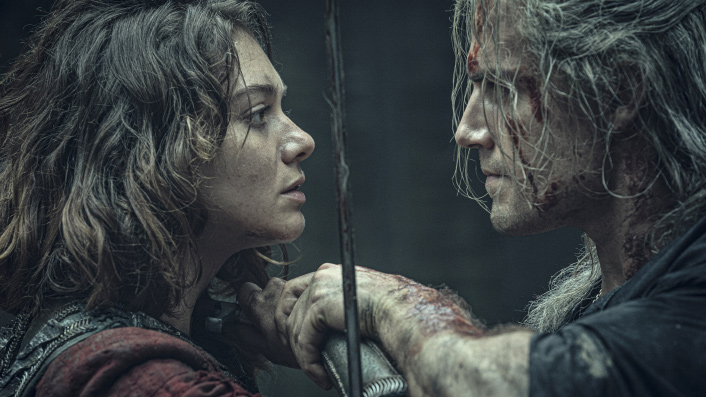
But this isn’t just a show about Geralt adventuring, killing monsters for coin and sorting out people’s squabbles. One big difference from the books and the games is that he isn’t the only main character. Ciri and Yennefer both have their own origin stories explained and explored, they’re not merely part of Geralt’s narrative—all three characters have their own. Actually seeing where these characters come from and why they’re the way they are will be particularly enjoyable for existing Witcher fans, as their backstories have only been mentioned previously.
A word of warning to those unfamiliar with the world of The Witcher—this show drops you into very dense lore straight away. Geralt battles monsters like the ‘kikimora’ and ‘striga’ and is interacting with elves and the like immediately, but what all these different things are and their place in the world aren’t generally explicitly explained in the show. If that’s going to frustrate you, jump online and do a bit of research before you start watching.
The show also doesn’t play out across a linear timeline and it won’t all be clear if you’re not paying close attention. That’s purposeful. Showrunner Lauren Schmidt Hissrich has said she’s intentionally keeping the show complicated. “I think that television audiences are really savvy now. As a writer, as a creator, we have that on our side. So we do jump through time a lot, we jump back and forth,” she says in the below Netflix featurette.
“I think it’s an exciting journey for fans and for audiences who have never seen The Witcher before because I think that they can keep up, yknow. I think they’re really, really smart and want to be challenged in how they watch television. I think this can do that.”
Contrastingly, however, the dialogue can be really basic in The Witcher. It’s sometimes a bit jarring how obvious and clangy it is, and may stop the show becoming as respected as some of its peers. Also, while there’s constantly a level of humour running through the show that’s generally pleasing, a recurring bard character is perhaps the worst aspect of the entire thing. He’s there for comic relief but, for me at least, provides instead an unpleasant cringe factor.
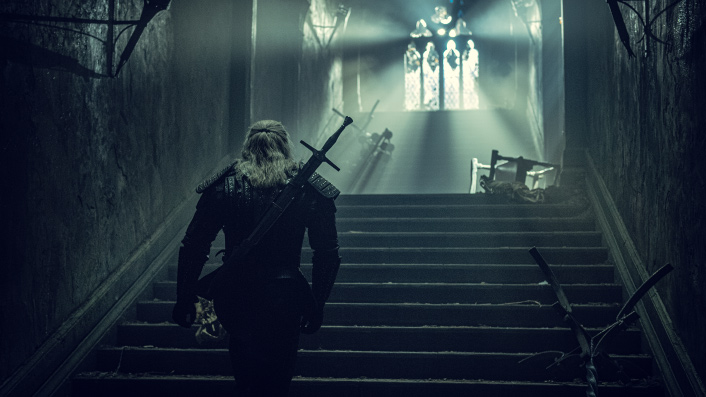
But hey, every show has shitty aspects, doesn’t it? Henry Cavill’s performance may be polarising. I personally dig it, especially how clearly he’s emulating Doug Cockle’s voice from the games. Even though the series is based on the books, not the games, it appears to have been carefully created to please existing fans of both the page-turning and button-pushing variety. There’s obviously been care and passion poured into this project as well as truckloads of money. Whether or not it all adds up to a home run first season remains to be seen, but the kick-arse action, fascinating setting, and gratifying fan service mean it’ll be nicely enjoyable watching it through and finding out.





